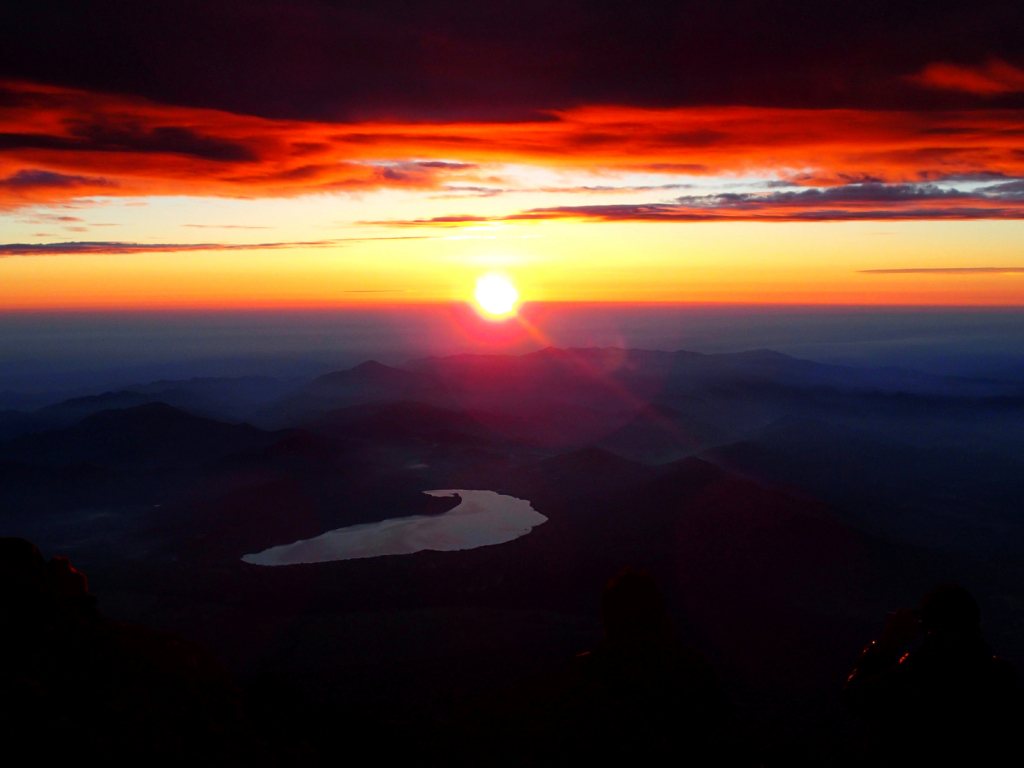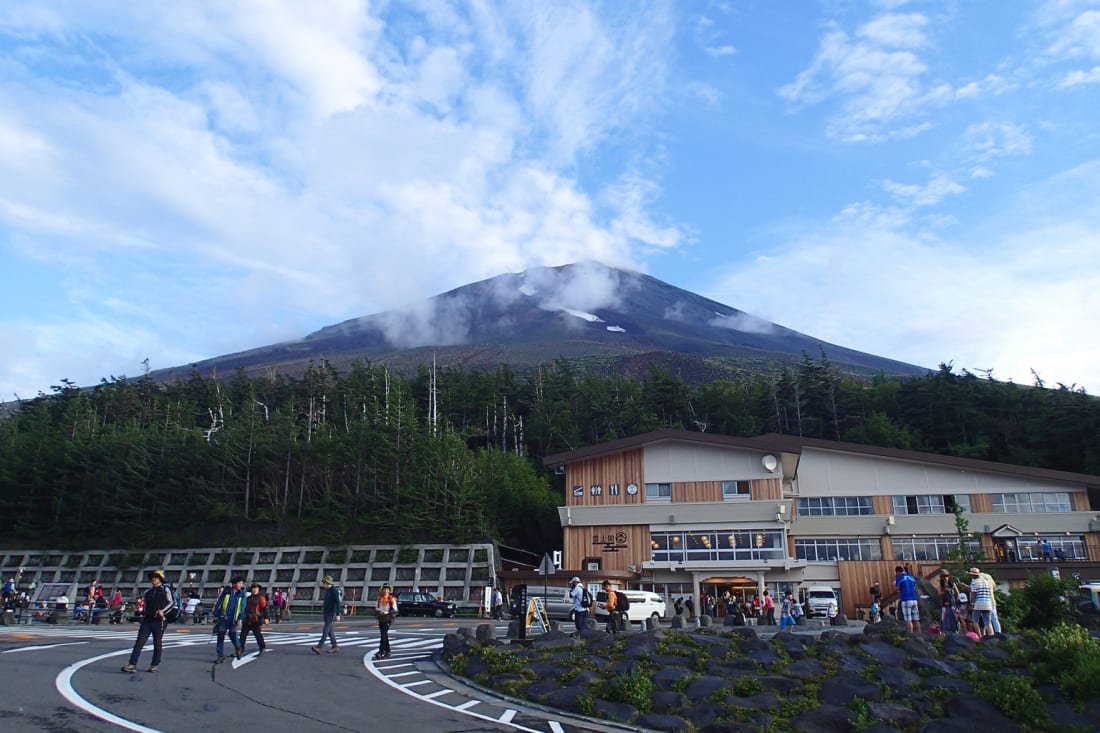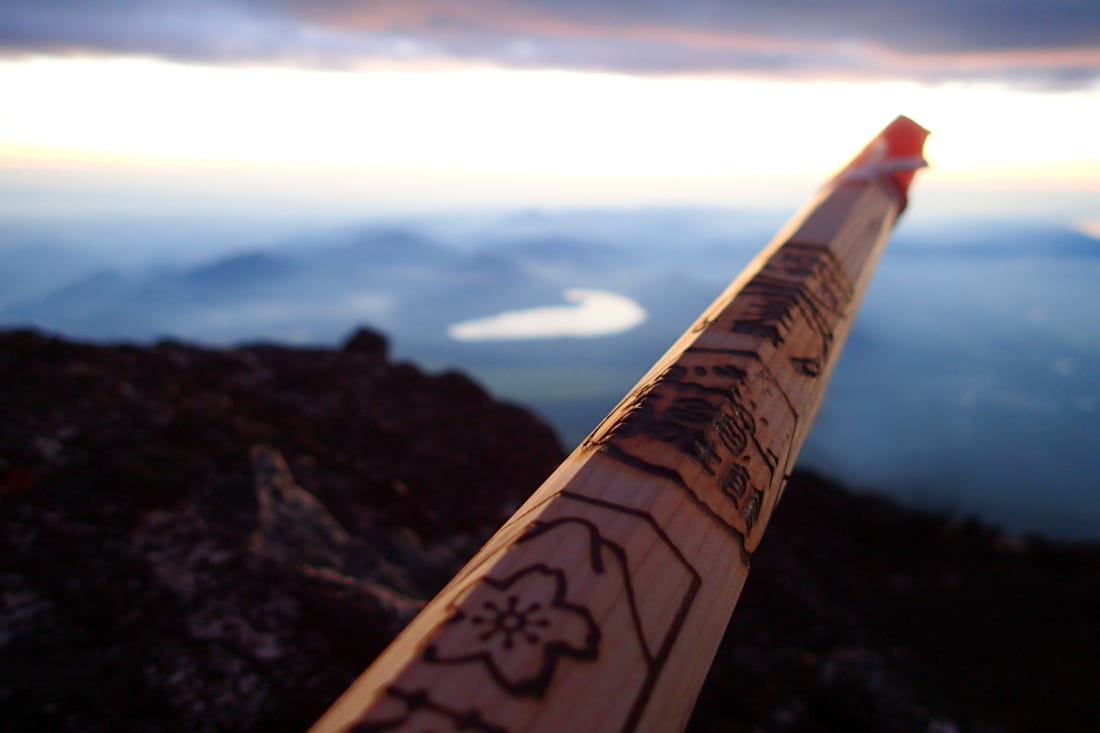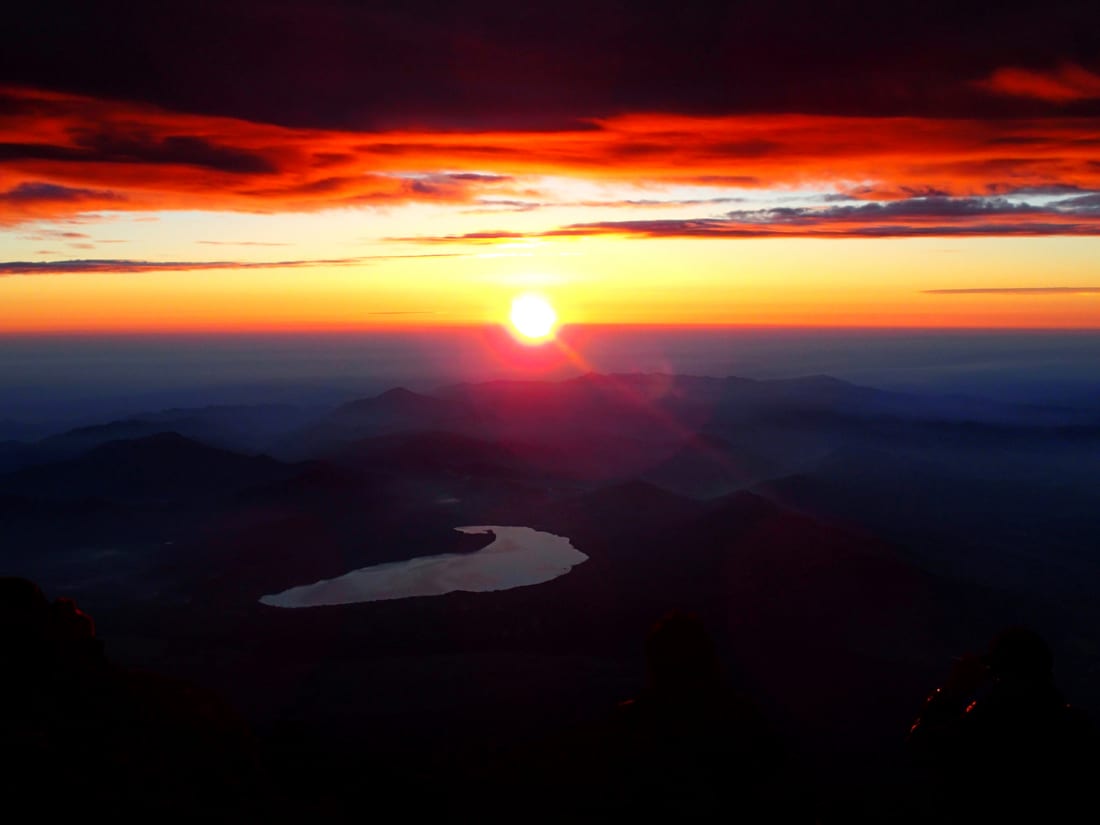Seeing the sunrise from the summit of the highest mountain in Japan is at the top of the bucket list for many adventure-enthusiasts. It is after all, the land of the rising sun. There are few greater, more rewarding, more challenging experiences in Japan than climbing Mount Fuji. This year, the official climbing season – July 10 to September 10 – can expect to see roughly 300,000 mountaineers of all ages tackle the rocky face of this 3,776-metre-high stratovolcano.
The Road to the Top
We start our Mount Fuji journey from the streets of Shinjuku, hopping on the 2:45pm highway bus and reaching the entrance of the Yoshida Trail at 5:20pm. There are four major trails around the mountain and each have their own starting point. On the southeast side are the Fujinomiya and Gotemba trails. On the northeast side are the Subashiri and Yoshida trails. By far the most popular is the Yoshida Trail which can be accessed via a 55-minute mountain shuttle bus from Kawaguchiko Station or the highway bus from Tokyo.
The buses take you to the Fuji-Subaru Line 5th Station, 2,300 metres above sea level. There are restaurants, souvenir shops, an information centre, a shrine, toilets and lockers. Picking up a wooden Mount Fuji walking stick here is also highly recommended. The stick is not only useful when walking on the rough terrain but it can be branded at each hut on the way to the summit, making for a great memento.
Beginning the Climb
While the trail to Mount Fuji’s peak isn’t necessarily daunting, the sudden change in altitude can be a killer. To acclimate, especially for those susceptible to altitude sickness, wait at the fifth station for one hour before beginning your ascent.
Finally, headlamps switched on, we excitedly enter the Yoshida Trail around 7pm. It doesn’t take long before we’re breathing heavily and have worked up a sweat, but about an hour into the hike we get into a rhythm. Along the Yoshida Trail, there are 16 huts spaced out between five stations – the 6th, 7th, 8th, Original 8th and Summit. Again, to fend off the effects of the altitude, take a 15-minute break at each station.
We reach the 8th Station—3,100 metres—just after 10pm. By now, the temperature has dropped considerably and hot coffee from the hut as well as extra jackets, gloves and beanies help to keep us warm. The trail gets narrower and steeper and the final ascent after the Original 8th Station is slow going and quite tough. We make it to the summit around 2am. It’s freezing and we huddle together awaiting first light.
Goraiko – Sunrise at Mount Fuji
Out of the pitch black sky, a faint strip of red appears, revealing the horizon. The red light steadily grows stronger and larger, pushing back the dark curtain above. Hikers stir from their cosy nooks in the volcanic rock and more and more people start to arrive from the different trails. It’s 4am and the moment we’ve all been waiting for is finally here.
As the sun slowly creeps up over the horizon, the whole sky blows up with magnificent colour. Light and warmth flood across the peaceful earth and a soft layer of cloud sweeps over the lakes and hills below. The face of the mountain glows an intense red like a mirror reflecting the burning sun. Goraiko, sunrise from Mt. Fuji, is more spectacular than I could have imagined.
While the sunrise of course shouldn’t be missed, don’t forget the west side of Mount Fuji where you can see a spectacular elongated shadow of the mountain cast over the land below. Some climbers opt to walk the circumference of the crater, but most start the three-hour descent around 6am.
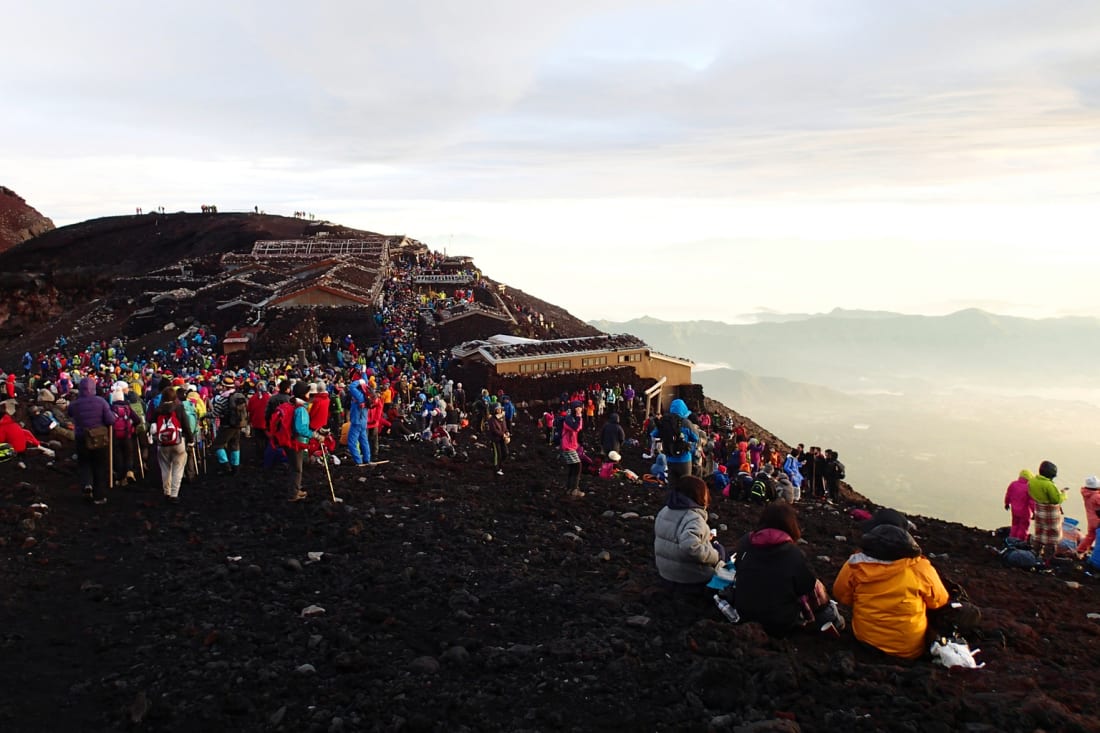
Preparing for the Climb
Climbing Mt. Fuji is no walk in the park. Preparation is crucial if you want to make it successfully to the top. Essential items to pack include two litres of water, snacks (fruit, granola bars and candy), a headlamp, warm clothes, hiking shoes and cash. There are no ATMs along the way, and using the toilets require a coin donation. Some other recommended items are kairo pocket warmers, gloves, a hat, trekking poles, sunglasses, sunscreen, a raincoat, and of course your camera.
Mt. Fuji is notorious for its dramatic weather changes. It can be warm and sunny one minute, then suddenly dense fog rolls in and you’re trying to find cover from rain. It’s important to prepare for both sunshine and rain. Also, even though the climbing season is in summer, the temperature at the top is like the middle of winter. It can be 38°C in Tokyo city, and about 3°C at the summit. While you’re waiting in the cold for the sunrise, you’ll be glad you came prepared.
With such a short climbing season, it’s natural that there will be many people visiting the mountain at the same time. For those who want to avoid the crowds, weekdays are generally the best time to go. Saturdays are known to be the busiest day of the week on the mountain, and the Obon holiday period mid-August should be avoided altogether. If the weekend is your only option, then try go when there is a major event in Tokyo, such as the Sumidagawa or Edogawa fireworks festivals, which should divert some of the crowd. On the mountain itself, the busiest time is just before sunrise between the 8th Station and summit. If possible, aim to reach the peak before 3am.
Climbing Mount Fuji and seeing the sunrise from the summit will be an accomplishment you never forget. Prepare well and most importantly, enjoy the journey.
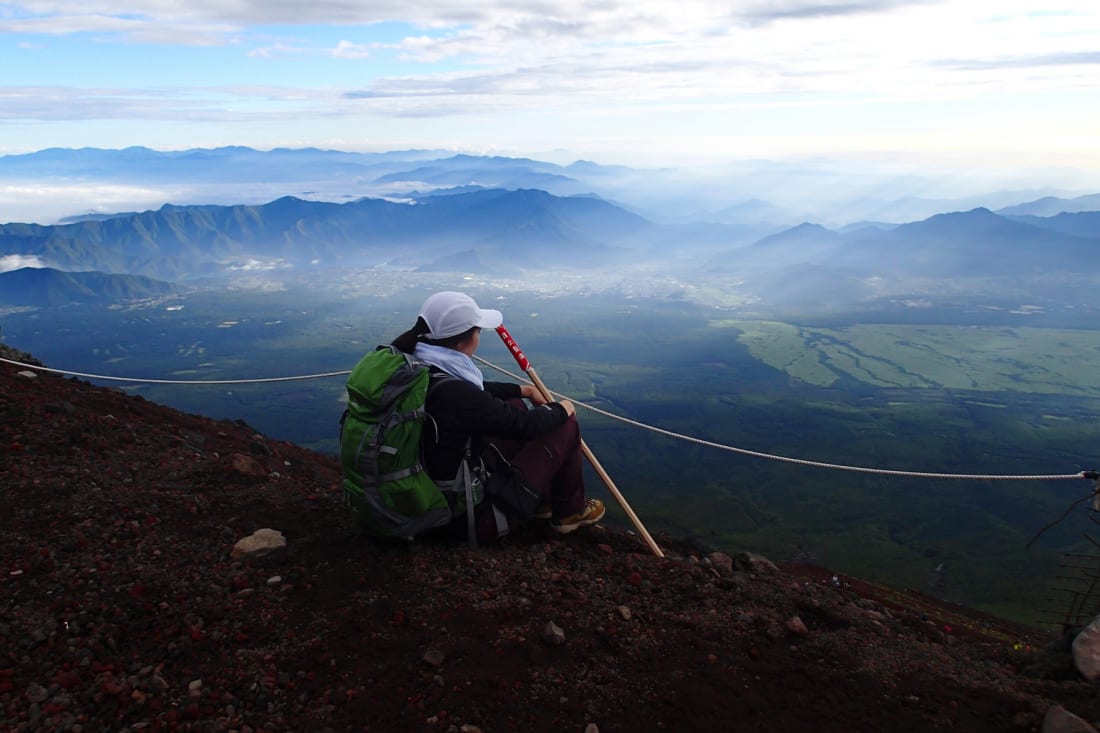
Updated On April 26, 2021

